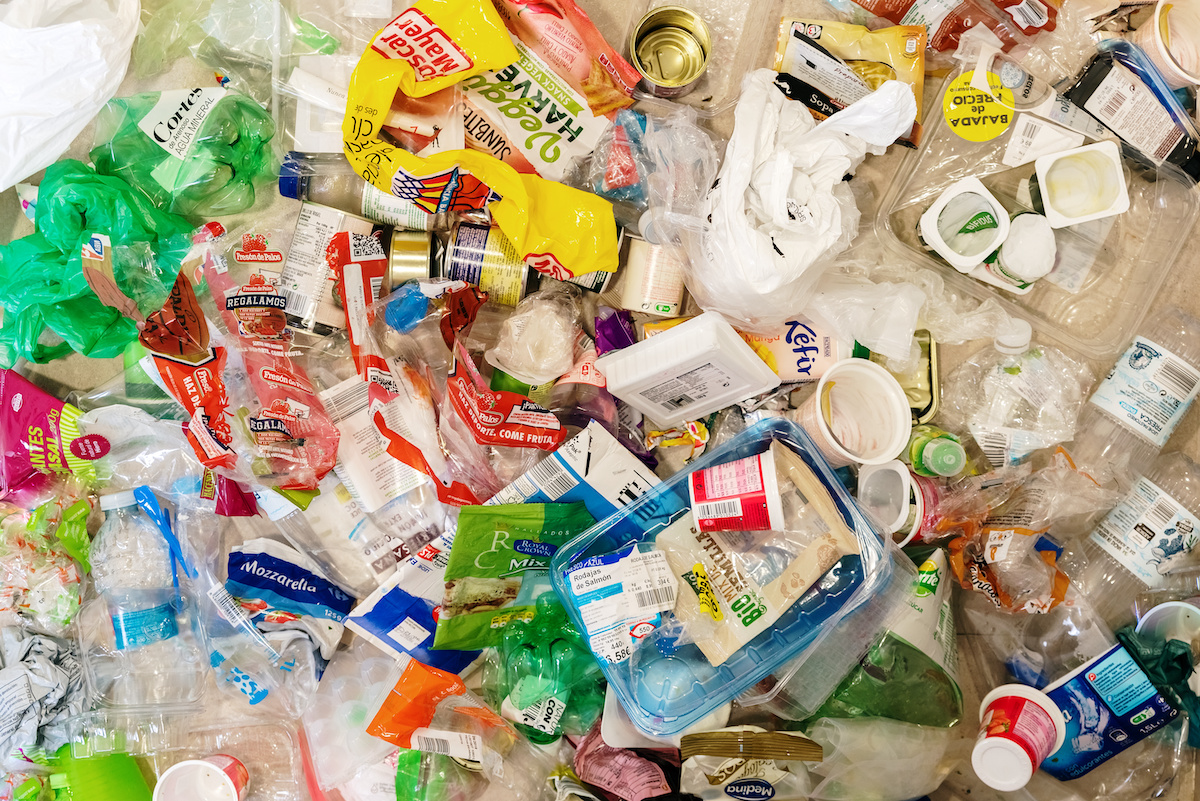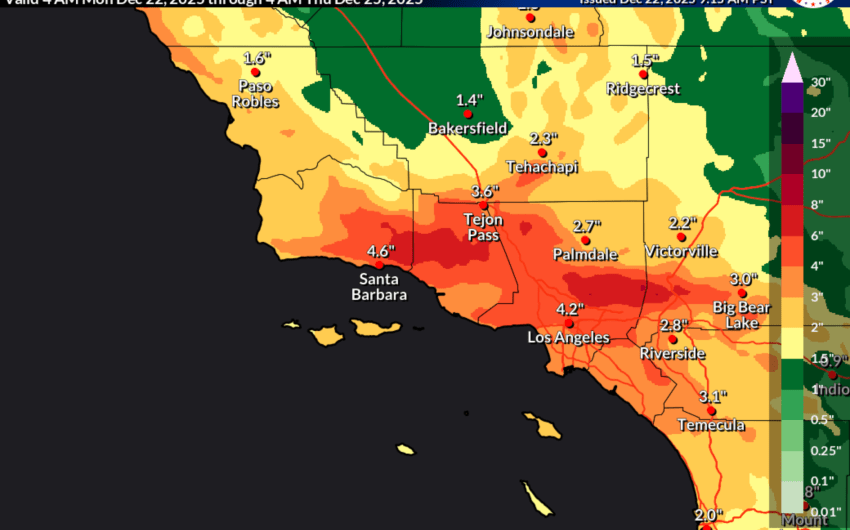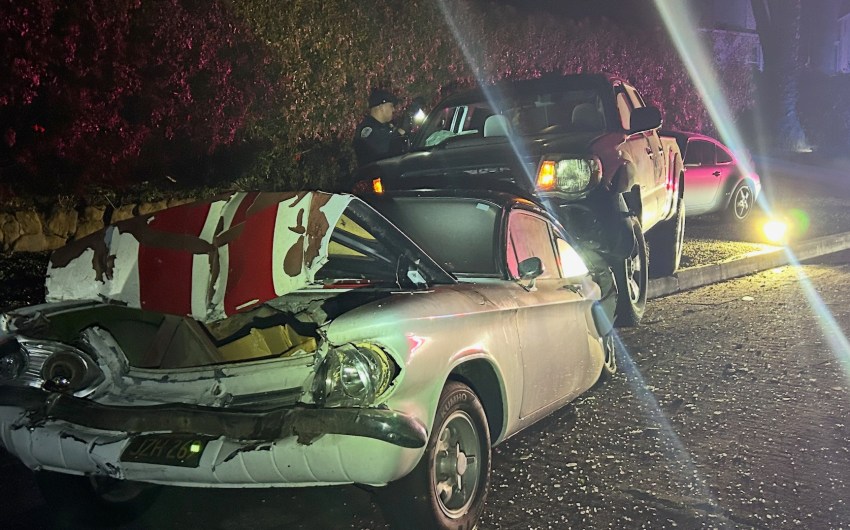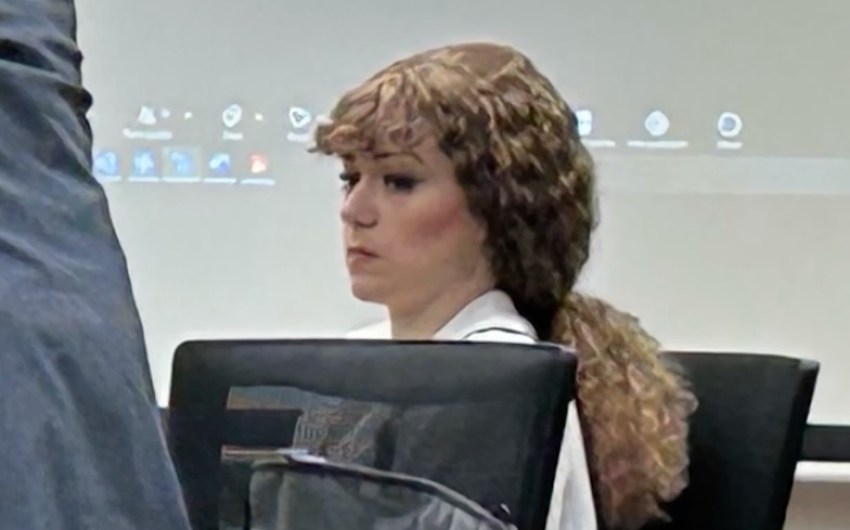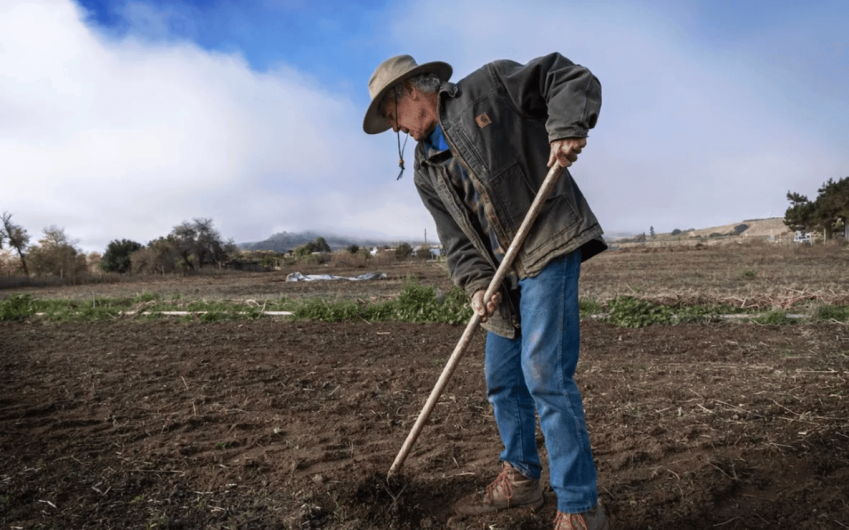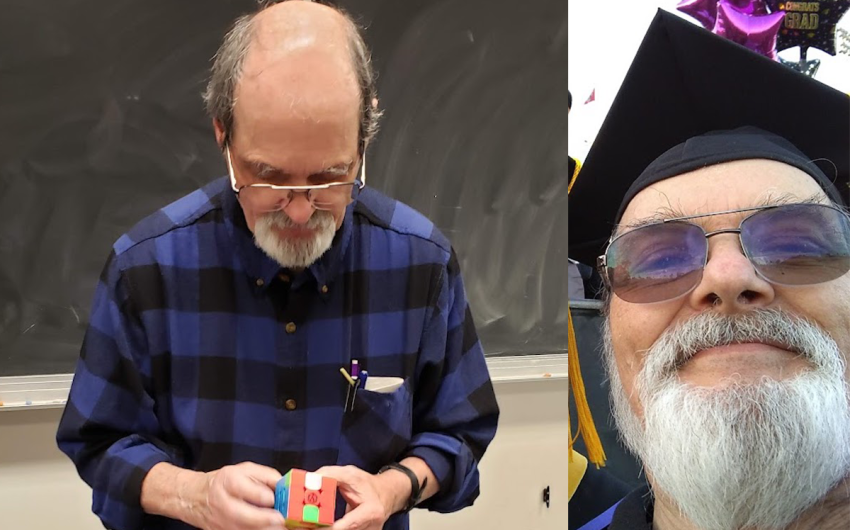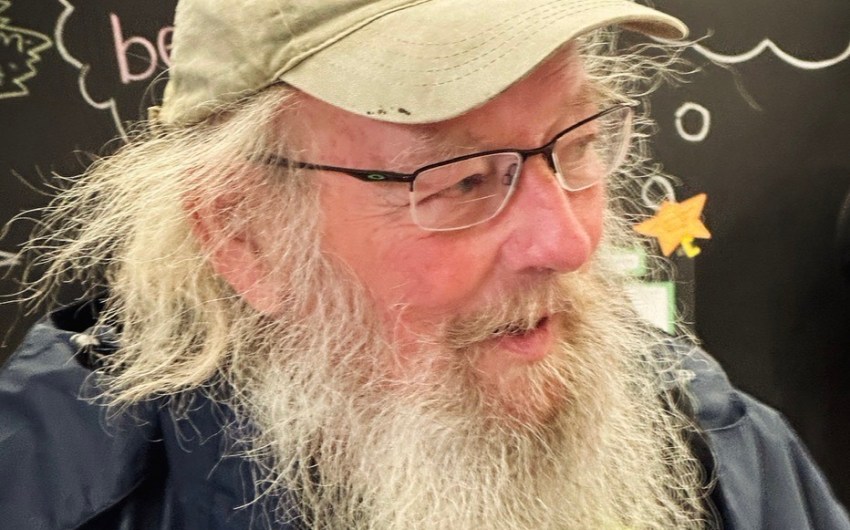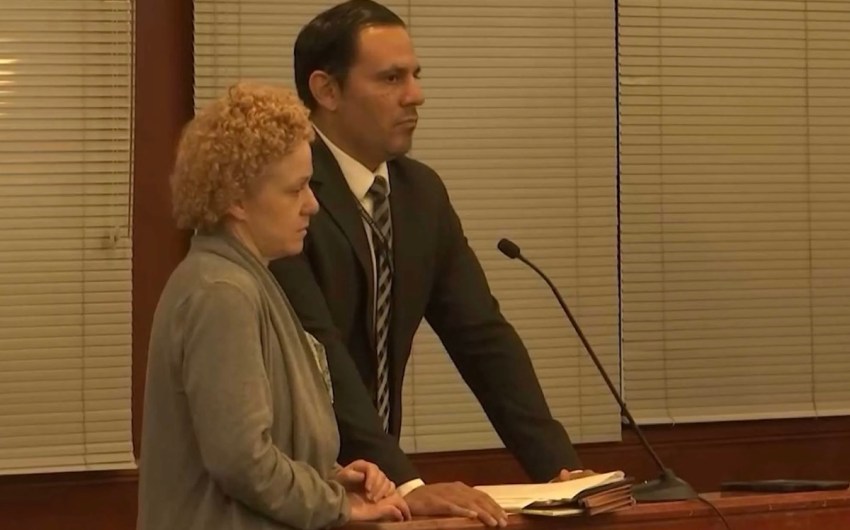Plastics have brought convenience and benefit to our lives but also pollution, toxicity, and environmental degradation. Globally, almost 500 million tons of plastic are produced each year, 90 percent of which ends up contaminating our planet. Alarmingly, plastic production is forecast to soar and could triple by 2040.
The framework for a global plastics treaty was adopted by 175 countries in 2022 with final negotiations to happen later this year, followed by implementation starting early next year. Despite being a giant step forward, much remains to be done to reverse our plastic polluting ways.
Perhaps the most encouraging are the sweeping measures that the EU (European Union) has just enacted to address packaging waste. The regulations aim to reduce environmental damage and promote sustainable practices. The PPWR (Packaging and Packaging Waste Regulation) sets binding targets on throw-away plastics. On average, every person in the EU generates 418 pounds of packaging trash each year, and this figure is growing.
For the first time, the EU has created goals to combat the growing problem of waste by reducing packaging regardless of the material involved. Packaging must be 5 percent less by 2030, 10 percent by 2035, and 15 percent by 2040. The PPWR’s fundamental goal is to reshape packaging habits everywhere in the EU. The protocol requires that almost all packaging material be recyclable by 2030. Plastic packaging is especially singled out with minimum recycled content standards. Takeout restaurants must provide reuseable containers. Single-use plastic bags, straws, utensils, etc. will be banned by 2030. Similarly for miniature packaging of toiletry products, ubiquitous in the hospitality industry. Plastic and metal beverage containers will be collected separately via deposit-return programs.
These EU rules cover the full life cycle of packaging, including the manufacture, composition, and reusable or recoverable nature of materials. The requirements are designed to foster innovation. One example being researched in Singapore is to duplicate the gut flora of a super worm (Zophobas atratus) that degrades plastics. Using the microbes found in the worm’s gut in varying combinations, scientists have been able to efficiently break down the most prevalent types of plastics in a scalable and replicable manner.
While challenges remain, adoption of the PPWR is a big leap forward in the fight against plastic pollution and waste proliferation. Being the biggest producer of packaging waste, the U.S. needs to follow suit. As an added benefit, all these rules, requirements, and measures provide a big boost to creating a circular economy.

